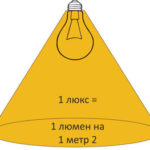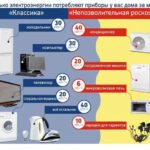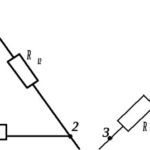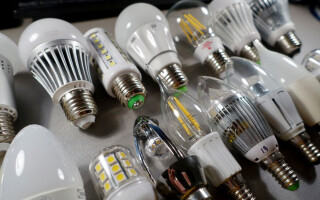To describe the properties of electricity consumers, a parameter called rated power is used. Its value is usually indicated in the technical data sheet or marked on the product itself.
If the power of some electrical appliances and devices is indicated in "watts", then the value of "kilowatts" is used to indicate the technical parameters of more powerful electrical receivers.
When calculating the total power consumption of the network, installing switching and protective equipment, choosing the cross section of wires, many are faced with the need to operate with one specific unit of measurement.

Content
Introduction to the topic of determining quantities
The commonly accepted unit for measuring power is the watt (W). This parameter usually describes the rate of conversion or energy consumption. By definition, power is the ratio of work (energy expended) to the time during which it is performed.In turn, the unit of energy in the international system of units (SI) has always been the Joule.
The value of "1 watt" in question corresponds to the work of one Joule produced in 1 second (J/s). For example, in electrical engineering, there are special wattmeters that measure the power of an electric current or an electromagnetic signal.
The unit got its name from the name of the Scotch-Irish inventor James Watt (Watt). This creator of the first steam engine first used it in describing the capabilities of a power engine. The watt was adopted in 1882 and basically replaced the traditional units of account that existed before that: foot∙pound-force per minute and draft horsepower. The first unit of power corresponded to 2260 watts. As for the second, it still applies today: "metric horsepower" is approximately 735 watts.
As a unit named after a scientist, it follows the spelling rules originally adopted in the SI system. The name of watts is written with a lower case, and the designation W (W), including in the designation of non-systemic units, is capitalized.
The use of a watt is not limited to the field of electrical engineering, it measures the torque of power plants, the flow of thermal and acoustic energy, and the intensity of ionizing radiation.
One watt - is it a lot or a little? Power of 1 W is usually found in mobile phone transmitters. Incandescent lamps used in household lamps consume 25, 40, 60, 100 W, TV and refrigerator 50–55, microwave and vacuum cleaner 1000, and washing machine 2500 W.
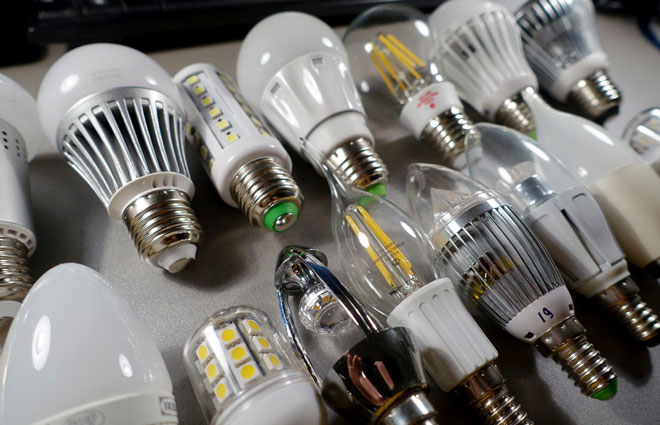
Often in practice it is required to convert watts to kilowatts or, conversely, convert kilowatt values to watts.
Convert watt to kilowatt
In order not to write many zeros or not to use a multiplier of 10³, a unit of measure with the prefix "kilo" is used in the designation of power. A kilowatt is a decimal multiple of 1000 watts. This phrase itself means that the digital value of power in watts is reduced by one thousand times. How to convert watts to kilowatts? Technically, the conversion can be done by shifting the comma three positions to the right.
The following table contains examples of watts per kilowatt.
| kW | 1,75 | 0,12 | 2,01 | 0,0002 | 10,8 |
| Tue | 1750,0 | 120,0 | 2010,0 | 0,2 | 10800,0 |
Often it is necessary to carry out the inverse transformation. Knowing that a watt is a fraction and is 1/1000 of a kilowatt, the power value should be divided by a thousand. Technically, the translation is achieved by moving the decimal point three digits to the left, after which we get the required number of watts in kilowatts.
| Tue | 1600 | 5,0 | 20,0 | 10000,0 | 0,12 |
| kW | 1,6 | 0,005 | 0,02 | 10,0 | 0,00012 |
The difference between kilowatts and kilowatts∙hour
In electrical engineering, there is a quantity called kilowatt ∙ hour, the measurement of which is carried out by electric meters. Many substitute concepts, not seeing the difference between the definition of “kilowatt” and “kilowatt∙hour”, considering the quantities as one parameter.
Despite the similarity of names, these are completely different quantities. Kilowatt hour is used to measure the amount of electrical energy produced or consumed per unit of time. In particular, the consumption of an electrical receiver of 1 kWh denotes the energy consumed by a consumer with a power of 1 kW for 1 hour. In contrast, kilowatt is a unit of power, indicating the intensity of generation or consumption of electricity.
Example: A recessed LED luminaire is equipped with a 35W LED lamp. For 1 hour of operation, it consumes 35 Wh of electricity, for 2 hours, respectively, 2x35 = 70 Wh. With continuous operation for 5 days/120 hours, the electricity consumption of the lamp will be 35x120=4200 W∙hour or 4.2 kW∙hour.
Relationship with basic and multiple units of power
Watt refers to a derived unit of power, so in practice it is sometimes necessary to determine the value of the parameter in relation to the basic units of the international SI system. In technical calculations, the following correspondences to the main quantities are used:
- W = kgm²/s³;
- W = Nm/s;
- W = VA.
The parameter has a universal application and is equally used in the technical development of a wide variety of fields of activity.
In heat engineering, a unit of measurement of thermal power is 1 cal / hour, which is not part of the international SI system. Our value under consideration is related to it by the ratio: 1 W \u003d 859.85 cal / hour.
Often, for the convenience of operating with large values of the power of power plants and power units, the word watt can be used with the prefixes "mega" or "giga":
- megawatt is denoted as MW/MW and corresponds to 106W;
- gigawatt (abbreviated as GW/GW) equals 109Tue
On the contrary, in low-current information networks, electronic gadgets and modern electronic equipment, power is measured in fractions of a watt:
- milliwatt (mW, mW) is 10-3 W;
- microwatt (µW, µW) equals 10-6 Tue
Using these ratios, you can always convert most of the parameters into the required power units.
Similar articles:

